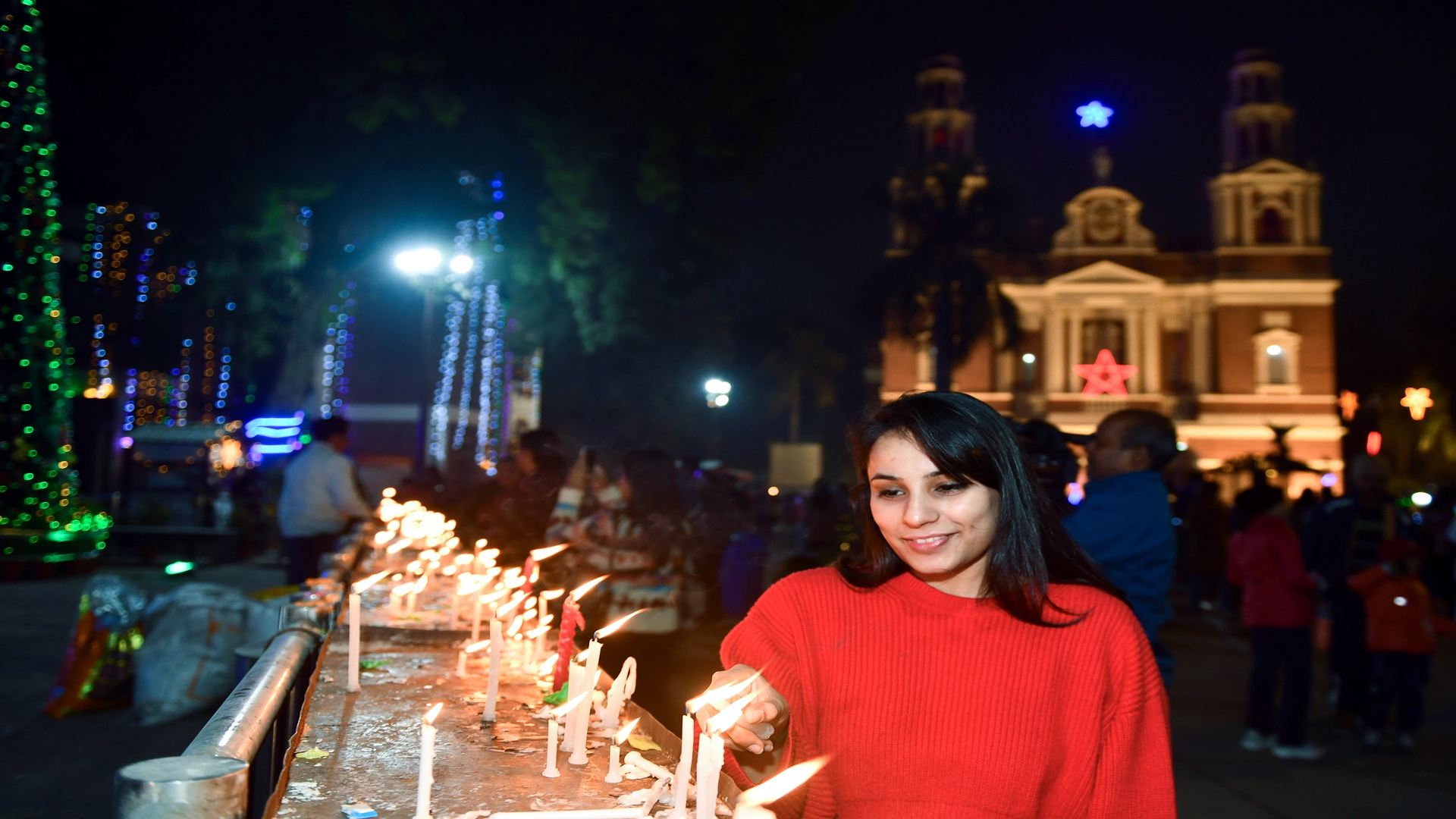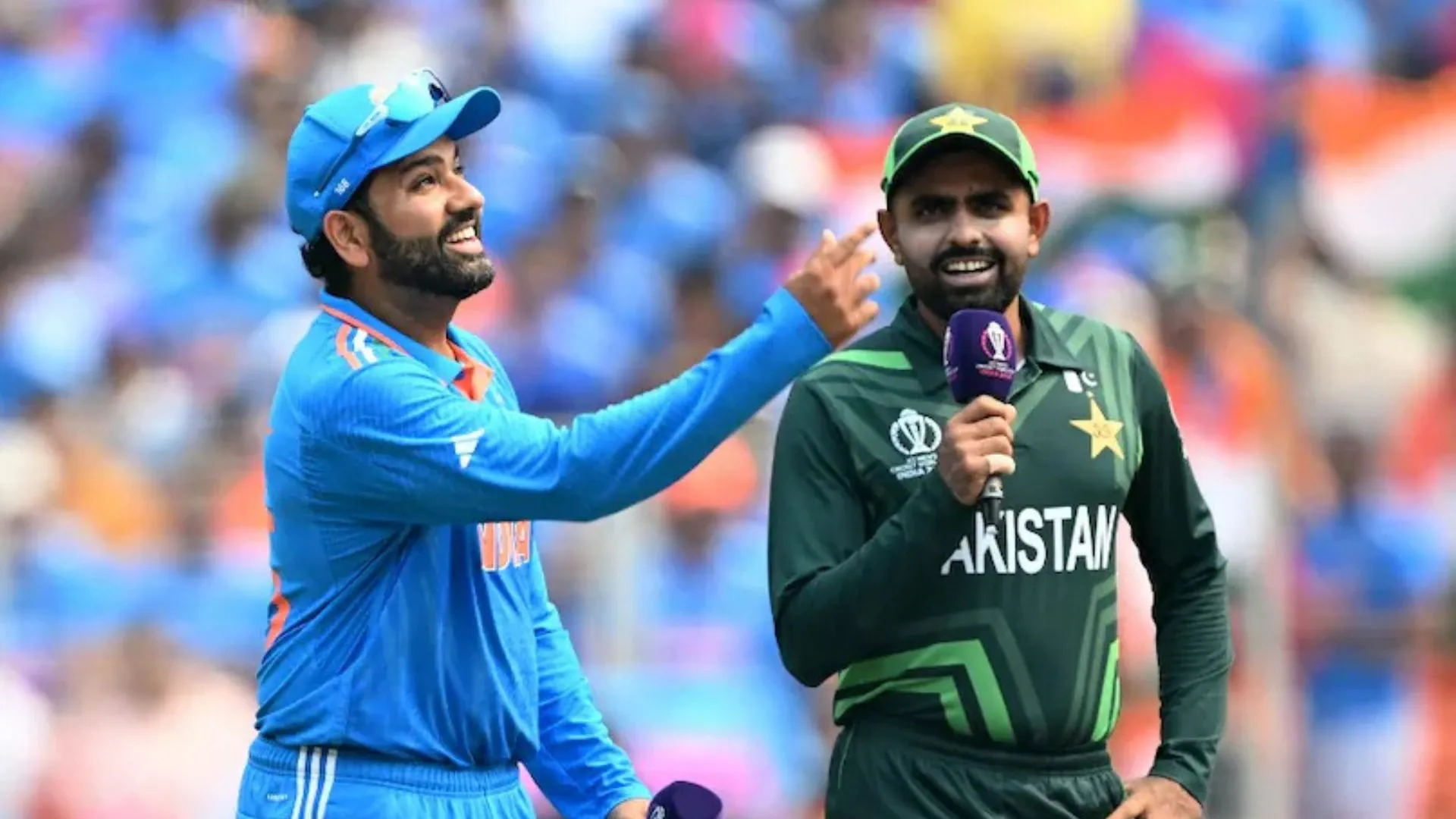Despite Covid-19 cases declining in India, the virus continues to be a cause for much worry, especially with states like Kerala and Maharashtra still reporting new cases because of mutated forms of the virus. However, if we keep up our guard through usual safety practices like wearing masks and social distancing and keep an eye on mutations using extensive genome surveillance, we can defeat coronavirus in India, said Dr Rakesh Mishra, Director of CSIR-CCMB, in an exclusive interview with The Daily Guardian.

Q: Do you think the mutation of the coronavirus is a cause of concern?
A: The mutation is a natural process which will take place. But if we follow certain disciplines, we can limit the transmission of the virus. During this process, when the virus is multiplying, it will naturally create mutations. Some of them can be troublesome, so we shouldn’t give much chance for the virus to mutate and spread and create more problems for us.
Q: Some scientists are saying that the new strain in South Africa is more dangerous. Is that so?
A: At the moment it’s not confirmed that this virus is leading to more mortality. Some viruses are suspected to be more infectious, which might be true, but may not necessarily be a bigger problem, except when some of them are resistant to the vaccines, because that means they need more antibodies in the inactivation experimental condition. At this moment, none of them have been confirmed to not respond to the vaccines. But it can happen in the future. That’s the biggest problem with these viruses—they spread faster and create new versions of them and come up with new problems. In some mutations, some tests, particularly the RT-PCR may not work, because the binding to detect the virus mutant might be missed out. Therefore, mutations are something to be watchful for, so it is important to prepare extensive sequence genome surveys and have an idea of what is happening in the population.
Q: Are we doing enough sequencing in India to know about new mutant variants?
A: India has a policy to sequence 5 percent of all new cases that have a travel history or have come from abroad. The sequence is neutral to any variant and will detect any variant, old or new. 5 percent is a decent number to get an idea about new things that are coming up.
Q: Do we have the technology to do the sequencing of mutant viruses?
A: Our sequencing technologies and expertise to analyse the sequences is far beyond the challenge that the virus genome poses. It is a very small genome and we sequence hundreds and thousands at a go and analyse them in a very short time, in less than a day. The key thing of genome sequencing of viruses is to collect the sample from a very well distributed place, so that we cover the whole country. If you sequence thousands of genomes from one mohalla or gali, it doesn’t mean much as they are likely to be the same. But you should be able to sequence samples from all parts of the country, all districts, all blocks, all cities and towns, and so on. If a certain percentage of positivity is seen, we will know if a new variant is emerging and spreading somewhere. We should be sequencing at least once in a week with a certain staggered plan. We can put more restrictions and block a particular region. So, the sequencing capacity isn’t an issue, rather the strategy and getting samples from the field. It is quite a challenge and we should have plans for that.
Q: Do you think new variants are becoming dominant? Where do we stand right now?
A: We are actually now in a winning position. Hospitals are not crowded and the recovery rate is very high. Vaccines have come and are being implemented and we understand this disease more, in terms of how it spreads, how much it can spread through the air, etc. So, this is the time when we should go for the kill and attack the disease from all aspects. So, mask-wearing, social distancing, practising a certain discipline, using as many vaccines as we can, convincing people that the vaccine is good and safe for them, and close surveillance by genome sequencing and watching out for the new emergence of new variants—through all these things together, in a few months, we can certainly control the disease. But if we don’t do these and depend only on the vaccine, it won’t be enough. The vaccine may be 70%-80% effective, which means that 20-30% percent will not respond to the vaccine, and may be less or not effective for the new variant. So, these are the tools but the important thing is that we shouldn’t drop our guard. We need to work in a collective manner and use all our ammunition against the virus.













